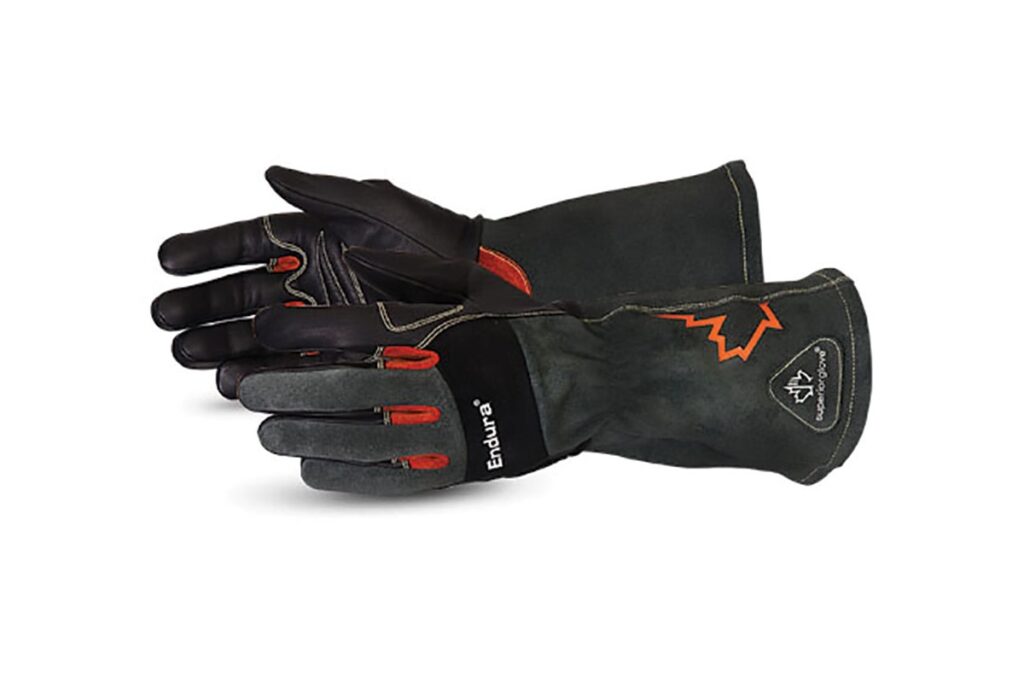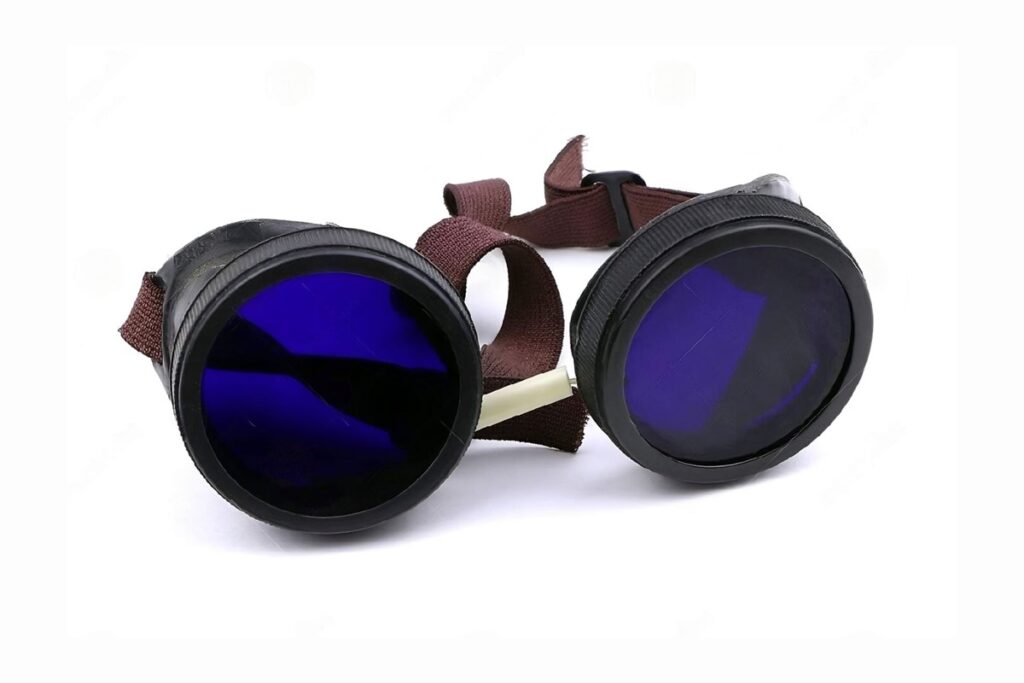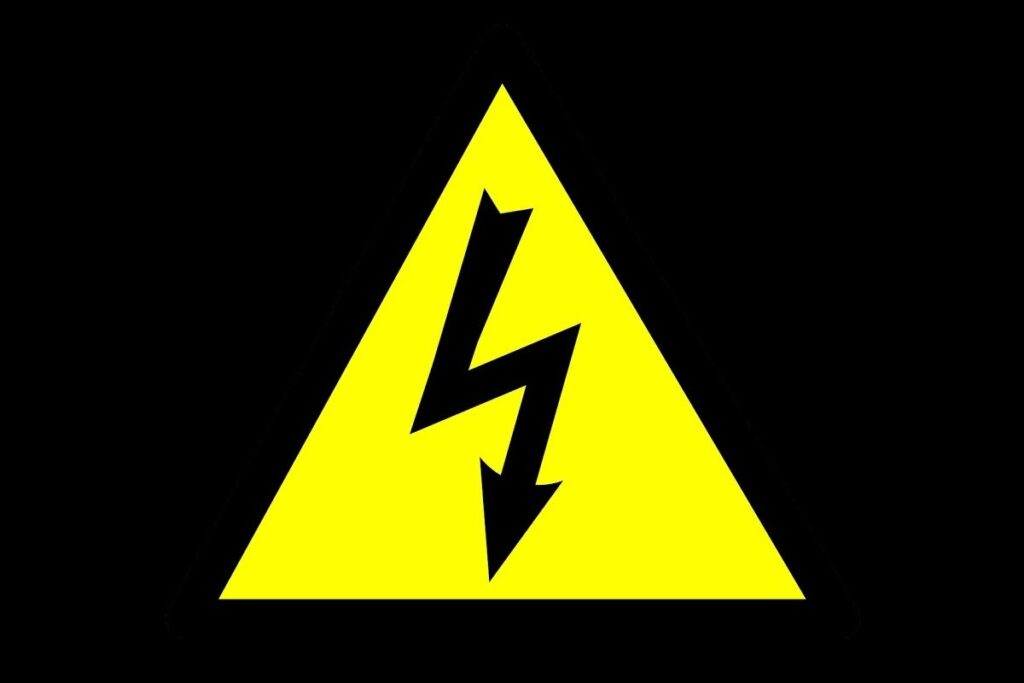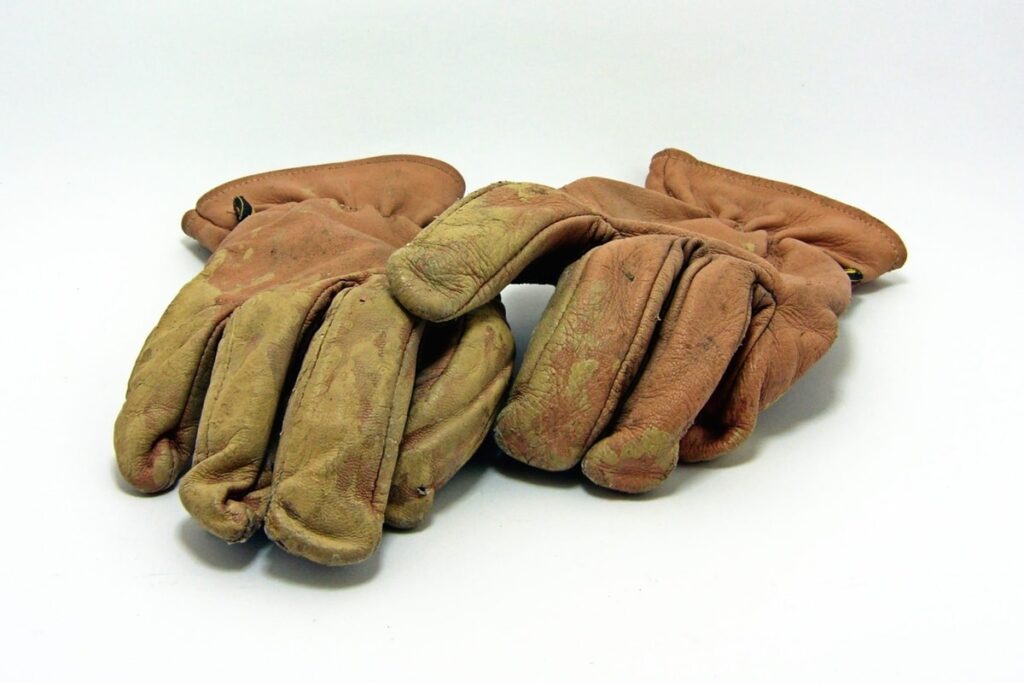When it comes to working with metals, there is a wide variety that covers all sorts of uses and applications. For most people who don’t have any experience in this field or those who want to learn more about how metals behave under different conditions, one of the best ways is through TIG (tungsten inert gas) welding.

This is because it’s a versatile process that can be used on almost every type of metal you will come across. The only thing you should keep in mind when using TIG welding is that your hands need protection as well. This is where good quality TIG welding gloves come into play. But which ones do I recommend? Here are some important factors you need to consider before purchasing new welding gloves.
Let’s get started!
1. Thickness
One of the first things you should look at when buying TIG welding gloves is their thickness. As mentioned above, these gloves protect your hands from heat, so they must provide enough thermal resistance to allow you to perform even high-heat tasks without burning yourself.
Therefore, if you’re looking for thick gloves, then go ahead and get them, but bear in mind that thicker gloves also mean higher price tags. If money isn’t an issue, then try to buy thinner gloves instead since they tend to cost less than their thicker counterparts while still offering great insulation performance.
2. Coverage
Another thing you might want to consider when choosing TIG welding gloves is whether they offer full coverage over both palms or just half of each hand. Full glove coverage means that all fingers, as well as thumbs, are covered, whereas partial coverage means that only the index finger and thumb are protected.
It may seem like there is not much difference between the two, but that depends entirely upon what kind of work you intend to conduct. If you plan on doing heavy manual labor, full glove coverage would be ideal, but otherwise, partial coverage suits you better.
Also, take note that many manufacturers make gloves that offer full palm coverage, although not always the whole palm. So, choose wisely depending on what exactly you’ll use your gloves for.
3. Comfort
When it comes to protecting our hands from burns, we usually think of making sure that gloves provide decent insulating properties and are thick enough to do so. However, another equally important factor is touch sensitivity.
Many welders wear gloves that feel very stiff and lack flexibility, resulting in pain after long periods of usage. To avoid such situations, ensure that the gloves you purchase have soft foam padding rather than hard plastic or leather.
The soft foam tends to conform to your skin, so it feels warmer and provides extra comfort. Also, don’t forget to check out the seams. Seams cause problems and discomfort when touching something cold, especially when wearing gloves for hours. Make sure that the seams are smooth and flat.
4. Protection from Heat
Most gloves today feature synthetic materials made up of natural fibers mixed together. These fabrics help retain body temperature naturally, keeping you warm during the winter months and cool during the summer seasons.
They are also able to regulate moisture levels by absorbing sweat. On the other hand, the natural fabric does lose its ability to regulate temperatures over time, causing sweating issues. That said, synthetic materials are great for providing warmth during colder seasons but aren’t suitable for hot environments since they cannot control perspiration buildup.
5. Texture
As discussed earlier, gloves function primarily to protect your hands from extreme heat, so they must be capable of resisting fire hazards. There are several kinds of materials used in manufacturing gloves, including cotton, wool, nylon, polypropylene, and more.
Each material has unique characteristics that affect its durability and functionality. Cotton is lightweight and breathable yet doesn’t absorb water, so it makes no sense for industrial purposes. Wool offers superior strength against chemicals and oils but loses elasticity quickly once wet.
Nylon is strong and durable, but it gets dirty easily and requires frequent washing. Finally, polypropylene is popularly known as “PP”, and it’s highly resistant to oil, acids, saltwater, UV rays, and chemicals.
PP is also comfortable due to its lightweight, but it lacks resilience and becomes brittle after prolonged exposure to sunlight. Overall, choose gloves based on your needs and preferences.
6. Durability
How often you use your gloves determines how long they last. Since they’re worn on your hands, gloves gradually accumulate dirt, grime, grease, and stains, reducing their lifespan.
You shouldn’t expect too much longevity from cheap gloves bought off the shelf unless they’ve been treated properly. Some brands offer lifetime warranties on their products, but others simply include limited guarantees for replacement. To summarize, inspect thoroughly before parting with your money.
7. Cut Protection
Even though it sounds counterintuitive, cutting protection is actually vital for preventing injuries.
While gloves serve to prevent direct contact with molten steel, sparks generated during grinding processes can burn through the surface and penetrate deep inside the glove, leading to severe cuts. Ensure that the gloves you buy meet ANSI standards regarding cut prevention.
8. Insulation
Not everyone intends to work exclusively with iron and steel, so protective gloves are also available in copper, brass, aluminum, stainless steel, nickel, titanium, and mild steel varieties.
Depending on which metal you prefer to work with, select gloves accordingly. Once again, remember that cheaper gloves generally consist of thin layers of synthetic materials that won’t withstand extreme heat.
Try to find gloves made from genuine leather or wool. Sheepskin is perfect for outdoor activities involving handling sharp tools and knives, as well as general purpose gloves meant for industrial applications. Leather works best for indoor jobs that require constant contact with harsh elements.
Tips on Wearing TIG Welding Glove
TIG welding is an advanced process that requires considerable skill and care to operate. The torch is hot, so it’s imperative to protect your hands from the heat. While gloves provide a layer of protection, they can still cause burns if you’re not careful.
1. Wash Your Hands
The first thing you need to do before applying any type of protective gear is to wash your hands thoroughly with soap and water. This will remove oils, grime, and other contaminants that could otherwise harm your skin.
2. Get Well-Ventilated Gloves
Next, ensure that the gloves you buy are well ventilated to prevent heat and moisture buildup.
3. Leave a Gap Between Your Hand and the Tip of the Torch
Lastly, if you’re using gloves during your TIG welding process, be sure to leave a small gap between your hand and the tip of the torch. This will prevent any accidental with the torch tip, causing burns.
The Best Way to Treat TIG Welding Burns
If you’ve suffered from a burn caused by welding, don’t panic. Your skin’s immune system will start healing in a matter of days, but you’ll still need to pay close attention to the injury.
Apply a medicated salve or lotion as soon as you can to reduce inflammation and prevent infection. If the burn is severe, seek immediate medical attention and consult a dermatologist. In some cases, surgery may be necessary.
Do You Need Special Gloves for TIG Welding?
You need special gloves for TIG welding to prevent burns, accidental cuts, and a whole lot more. While you can always wear a pair of regular welding gloves, they’re not designed to protect your hands from the heat of the torch.
They’re also not made to prevent sparks that can burn through your skin. The best types of gloves for TIG welding come in different materials like leather, latex, neoprene, nylon, and even sheepskin. As long as you ensure that you get the right gloves for your job, you won’t have to worry about serious injuries.
So, I would advise you to get some welding gloves for your TIG welding. You have several options available:
But my personal favorite is the leather gloves because they provide a nice balance between warmth and protection.
If you get nylon or neoprene gloves, you will need to use them with some sort of protector over them to prevent any burns from occurring. And if you get sheepskin gloves, make sure they are lined with neoprene or something similar to help prevent any burns as well.
You should take a look at the different materials and how they work before deciding on a specific pair. In general, you want leather for durability, and nylon or neoprene for less cost. If you are going to be doing TIG welding, you also want to make sure that your gloves are heat resistant.
The Bottom Line
In the end, it’s up to you which type of glove you choose, but my best advice is to buy the right type of glove for the job, and that is how you’ll get your best protection in the long run.
In conclusion, selecting TIG welding gloves boils down to personal preference, budget constraints, specific application requirements, and overall user satisfaction. Don’t hesitate to ask questions and shop around until you find the right fit. Good luck!
We hope you found this article informative. All trademarks, registered trademarks, service marks, trade names, prices, technical information, and copyrights cited herein belong to their respective owners.
Darell is a Certified Welding Engineer (CWEng) with over 23 years of expertise in TIG, MIG, MAG, dual flux, and stick welding. He is a senior welding engineer who has a desire to share his experience. Visit unwelded.com and join Darell as well as other welding enthusiasts in obtaining fabrication knowledge, amazing welding gadgets, and useful welding insights.



